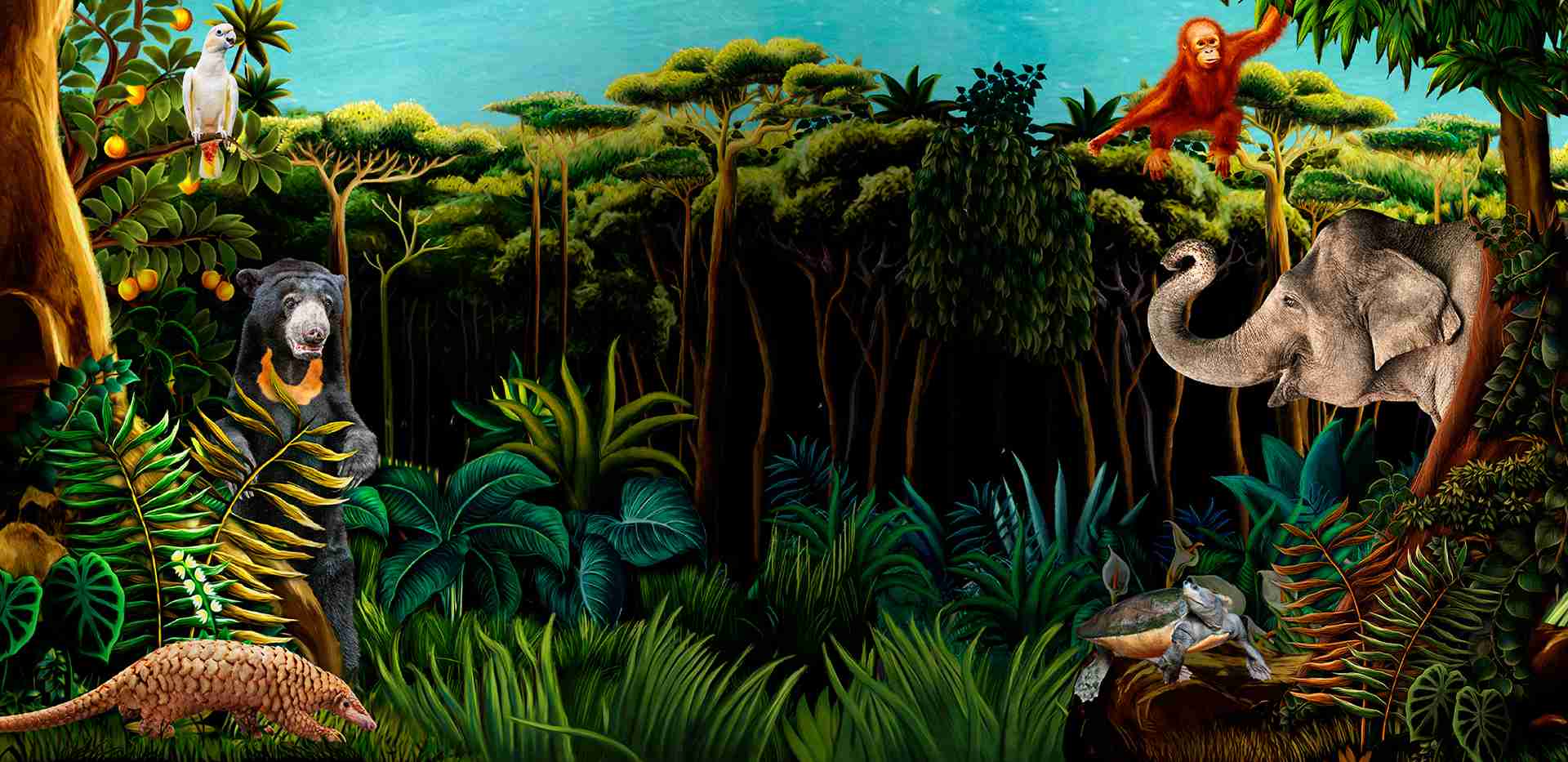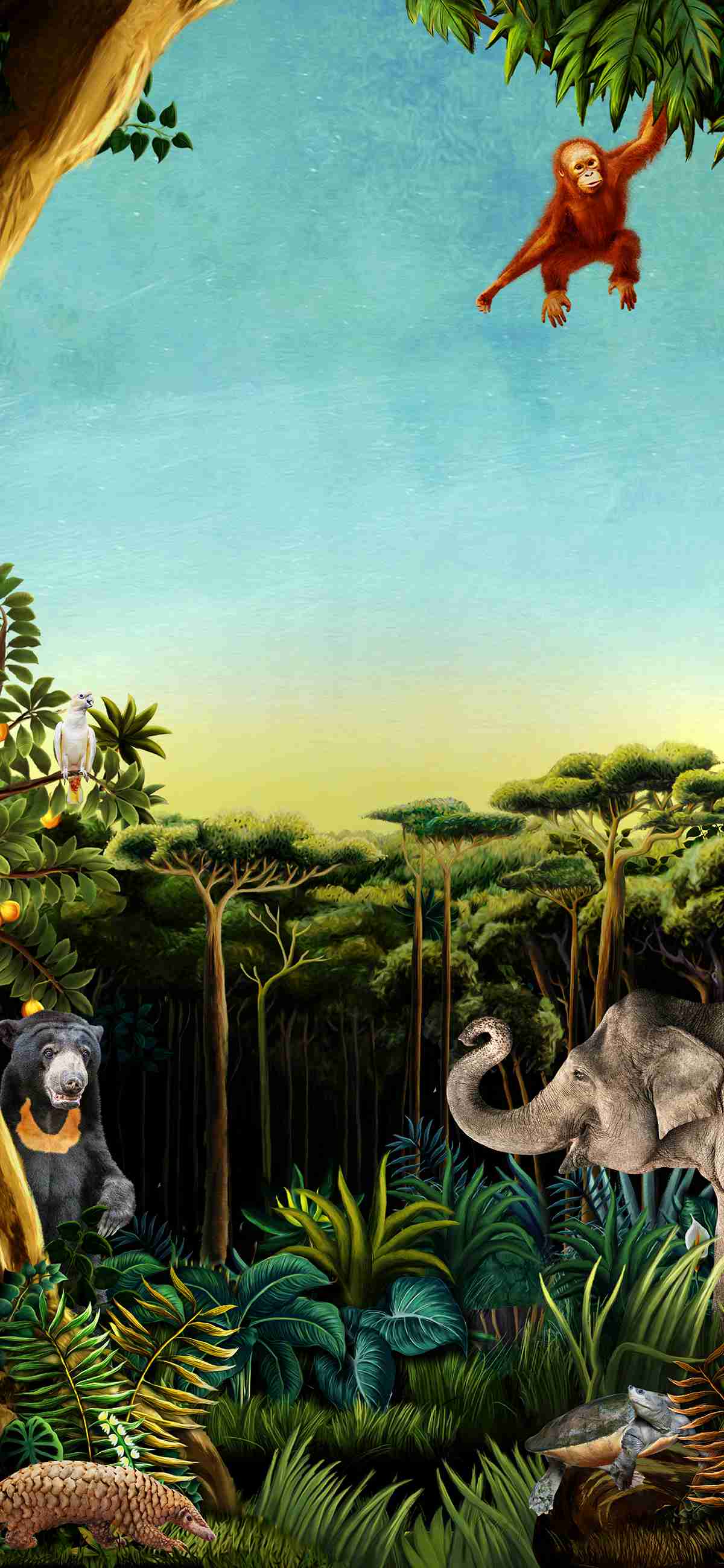First-ever successful hatching of an endangered kagu chick at Bird Paradise
30 Apr 2025.jpg)
At 40 days old, the young chick is covered in soft brown feathers that help it camouflage on the forest floor.
Photo credit: Mandai Wildlife Group
Anaïs Tritto, Assistant Vice President, Animal Care, Mandai Wildlife Group, said, “Welcoming our first kagu chick has been incredibly special for the team. After several unsuccessful incubation attempts by the parent birds, we stepped in to artificially incubate the egg, carefully controlling the temperature and humidity to replicate natural nesting conditions as closely as possible to support healthy development. For a species as rare and challenging to breed in managed care, every successful hatch represents both a scientific achievement and a source of hope. It’s been heartwarming to watch it grow from the 36 grams it weighed at hatching to a healthy 630 grams now – well on its way to the adult weight of around one kilogram."
As the park’s first kagu chick, its care required flexibility and resourcefulness. Keepers adapted by finding suitable dietary substitutes, modifying nesting equipment, and making other adjustments to ensure the chick’s comfort and well-being. To help the chick feel secure, keepers placed a cardboard box in its brooder to provide a cosy retreat, as kagus are naturally shy birds. They also introduced a plush toy to offer comfort and simulate the presence of its parents.
The chick is now transitioning to an adult diet of prawns, mice, and live insects, marking a significant milestone in its development. The chick’s routine also includes daily weigh-ins and supervised sessions in the morning sun to ensure it gets the natural vitamin D necessary for healthy growth. Once the chick has gained independence later this year, it will be introduced to an aviary at Winged Sanctuary, where it can continue to grow and adapt to its surroundings. As male and female kagus are visually identical, their sex will be confirmed through DNA testing when they mature.
The chick’s parents, a genetically matched pair from Yokohama Zoo, arrived at Bird Paradise in 2023. To facilitate natural breeding behaviours, keepers provided dense shrubbery for privacy and a variety of nesting materials like twigs and leaves. In 2024, the pair laid two eggs in separate nesting attempts, but both failed to hatch – likely due to environmental factors or parental inexperience. Following these unsuccessful nesting attempts, animal care staff intervened by transferring the third egg to a hatcher to maximise its chances of survival.
The kagu is a large, flightless bird native to the dense forests of New Caledonia. It is characterised by bluish-grey plumage, bright orange legs and beak, and a striking crest used in courtship and territorial displays. Kagus exhibit elaborate courtship displays involving crest-raising, wing-spreading, and vocal duets – behaviours that help reinforce pair bonds. They are monogamous and have a low reproductive rate, typically producing one chick a year, with both parents sharing incubation and chick-rearing duties.
Listed as endangered on the International Union for the Conservation of Nature’s (IUCN) Red List of Threatened Species, the kagu is threatened by habitat loss and predation from introduced species like cats and dogs. Between 500 and 1,000 individuals are estimated to remain in the wild, making every successful hatch under managed care a critical step in securing the species' future. The birds at Bird Paradise are part of the European Association of Zoos and Aquaria’s (EAZA) Ex-situ Programme (EEP), which aims to boost the genetic diversity of threatened species in human care.
To celebrate the special bundle of joy, Mandai Wildlife Group is inviting the public to help name the chick. The little one’s care team has proposed three meaningful names: Kiara, meaning “bright” – a fitting name for this new star at Bird Paradise; Kenza, which translates to “treasure”, symbolising how rare and precious the chick is; and Kacey, meaning “vigilant” or “watchful”, inspired by the chick’s curious nature and habit of closely observing its keepers. Members of the public can vote for their favourite on the Mandai Wildlife Reserve’s social media platforms, with the winning name to be announced following the public poll.
.jpg)
This external pip mark on the eggshell was the first visible sign that the chick was about to hatch.
Keepers recorded daily changes in the egg’s air cell, an indicator of the hatching process. They noted dates directly on the shell.
Photo credit: Mandai Wildlife Group
.jpg)
The chick when it hatched on 1 March 2025.
Photo credit: Mandai Wildlife Group
.jpg)
The newly hatched chick was moved to a nursery brooder for warmth and housed securely in a chick guard, or “donut”.
Photo credit: Mandai Wildlife Group
.jpg)
The chick explores its brooder, complete with a small hutch that keepers repurposed from recycled cardboard.
In the first week of their lives, kagu chicks have cloudy eyes that resemble cataracts. Their vision gradually improves as the cloudiness fades.
Photo credit: Mandai Wildlife Group
.jpg)
The chick perches calmly in a basket as its weight is recorded on Day 12.
Photo credit: Mandai Wildlife Group
.jpg)
Keepers eagerly charted the chick’s daily progress. By Day 30, it had outgrown this 12-inch ruler.
Photo credit: Mandai Wildlife Group
.jpeg)
The chick looks inquisitively at a soft toy its keepers placed in the brooder for companionship.
While adult kagus form monogamous pairs that last a lifetime, they sometimes live solitary lives outside their breeding seasons.
Photo credit: Mandai Wildlife Group
.jpg)
The chick’s parents arrived at Bird Paradise from Yokohama Zoo in November 2023. This is the first pair of kagus for Mandai Wildlife Group.
Once fully grown, the chick will be housed in a separate aviary from its parents at Winged Sanctuary.
Photo credit: Mandai Wildlife Group

